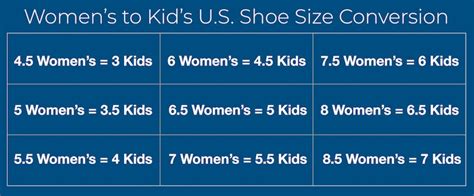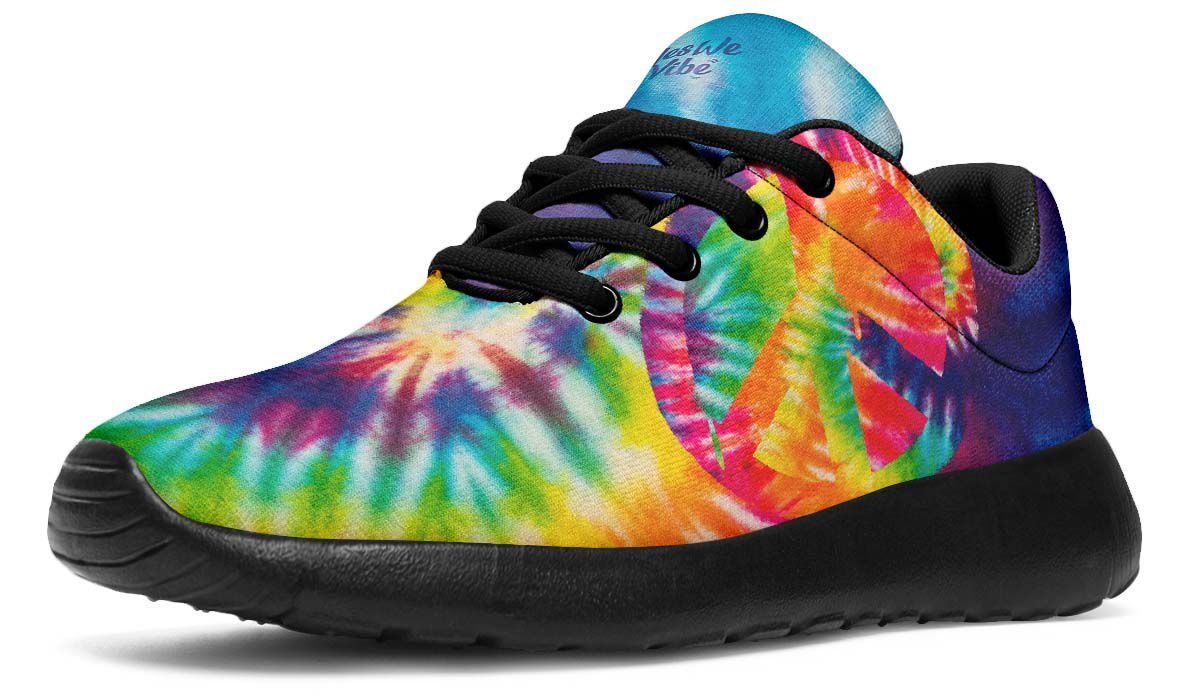Kids to Womens Clothing Size Chart

When it comes to clothing sizes, navigating the transition from kids’ to women’s sizes can be a daunting task, especially for young girls and their parents. The sizing systems differ significantly between these two categories, reflecting the distinct body types and growth stages they cater to. Understanding these differences and knowing how to translate kids’ sizes into women’s sizes can make shopping more efficient and less frustrating.
Kids’ Clothing Sizes
Kids’ clothing sizes are generally based on age, with the assumption that as a child gets older, they will also get taller and heavier. However, this is a broad estimate and doesn’t account for individual variations in growth or body type. Sizes for kids are typically categorized as follows:
- Toddlers: Sizes range from 2T to 5T, designed for children who are learning to walk and are not yet in standard kid sizes.
- Youth/Kids: Sizes start from 4 (or sometimes 5) and go up to 14 (and sometimes 16 in kids’ departments), reflecting the age range from about 3 to 12 years old, give or take a few years depending on the child’s development.
Women’s Clothing Sizes
Women’s clothing sizes are more complex and varied, often based on body measurements rather than age. These sizes are designed to accommodate the diverse range of adult female body types. Common women’s sizes start at 0 or 2 and go up to 26 or larger, depending on the brand and type of clothing.
Translating Kids’ Sizes to Women’s Sizes
The process of translating kids’ sizes to women’s sizes isn’t straightforward due to the different measurement criteria. However, a general rule of thumb is:
- Size 14 in kids’ often equates to a small or extra-small in women’s, depending on the brand and the specific garment.
- Size 16 in kids’, if available, might translate closer to a small or medium in some women’s collections.
To make a more accurate translation, consider the following general guidelines based on clothing types:
- Tops and Blouses: A size 14 in kids might fit similarly to a women’s small, especially if the child is tall and slender. However, body length and arm length should also be considered.
- Dresses: The translation is similar to tops, but the skirt length and overall fit will vary greatly between brands.
- Pants and Shorts: Waist size and inseam are key here. A size 14 in kids could correspond to a women’s small or medium, depending on the child’s height and build.
Measuring for a Better Fit
Given the variability in sizing, the best approach is to take actual body measurements and compare them to the size charts provided by each clothing brand. Key measurements include:
- Chest/Bust: Measure around the fullest part of the bust, keeping the tape level and parallel to the floor.
- Waist: Measure around the narrowest part of the natural waistline, keeping the tape level and parallel to the floor.
- Hips: Measure around the fullest part of the hips, approximately 7-9 inches (18-23 cm) below the waistline.
Conclusion
Translating kids’ clothing sizes to women’s sizes requires a bit of trial and error, as well as an understanding of how different brands and styles fit. By considering the child’s measurements and comparing them to the brand’s size chart, you can find clothing that fits well and makes the wearer feel confident and comfortable. Remember, sizing standards can vary significantly between brands, so don’t be afraid to try different sizes or seek assistance from customer service if you’re shopping online.
What is the typical age range for kids' clothing sizes?
+Kids' clothing sizes generally cater to children from about 3 to 12 years old, with toddlers' sizes for those learning to walk and youth sizes for older kids.
How do I accurately translate my child's size to a women's size?
+The best approach is to take your child's measurements and compare them to the size charts provided by clothing brands. Consider key measurements like chest, waist, and hips for the best fit.
Why do clothing sizes vary so much between brands?
+Clothing sizes can vary significantly due to differences in design, target audience, and manufacturing standards. It's essential to consult the size chart for each brand to find the best fit.
Understanding the nuances of clothing sizes and how they translate from kids’ to women’s can simplify the shopping process and ensure a more accurate fit. Whether you’re a parent looking for the perfect outfit for your growing child or navigating these changes yourself, knowledge is key to making the most of your wardrobe and embracing each stage of growth with confidence and style.



